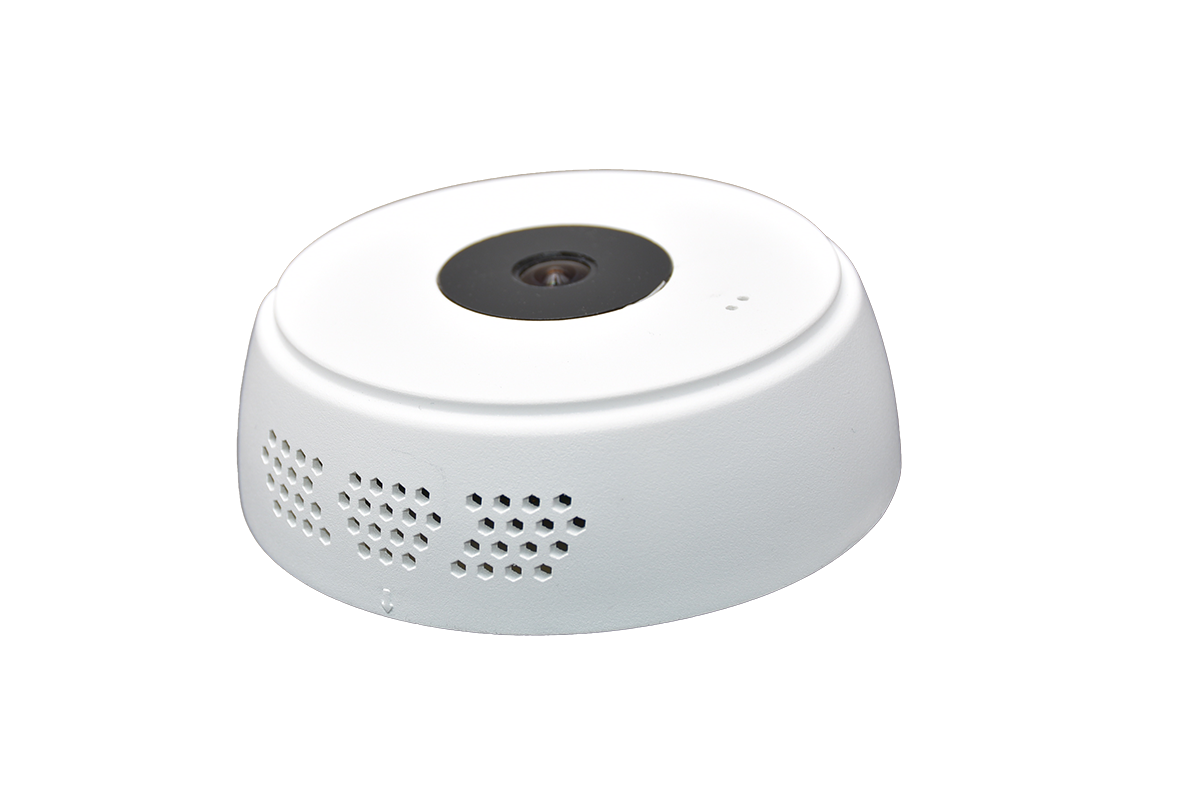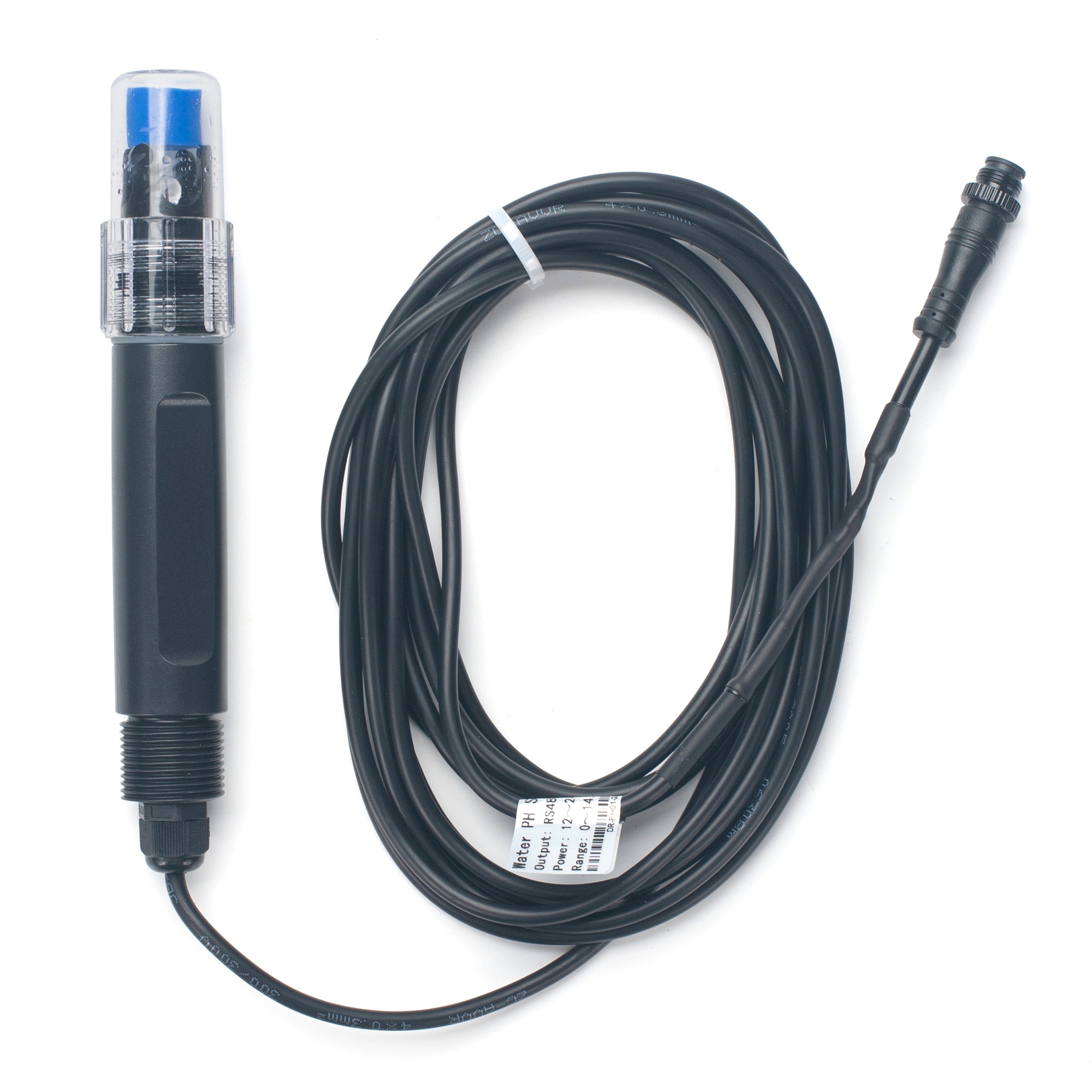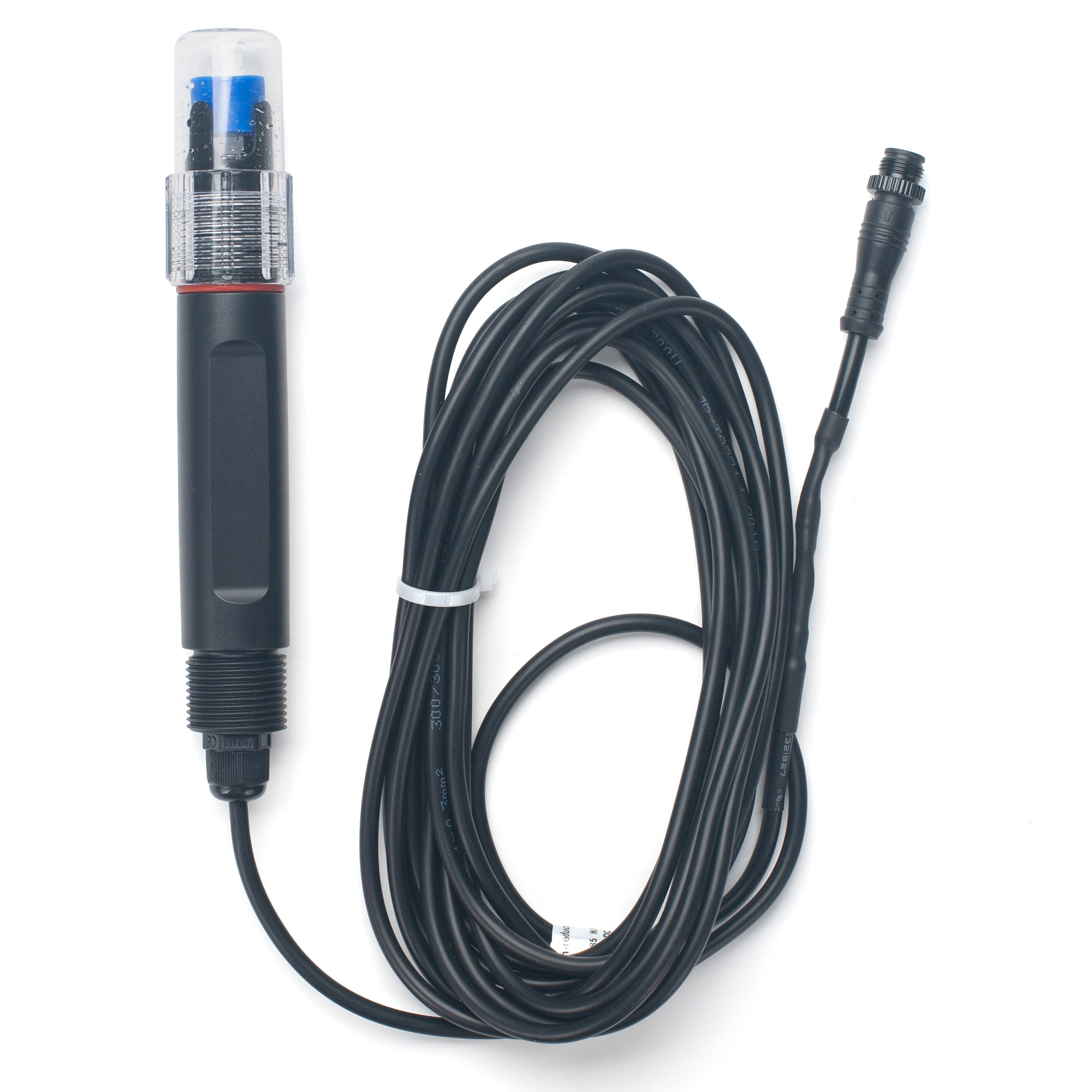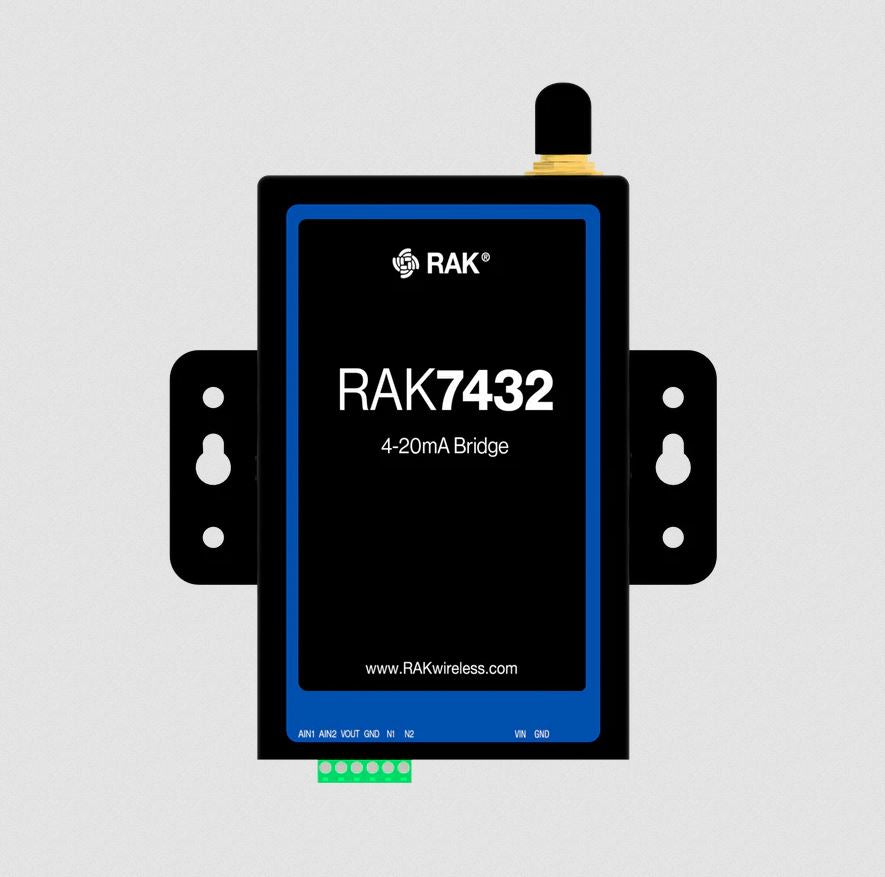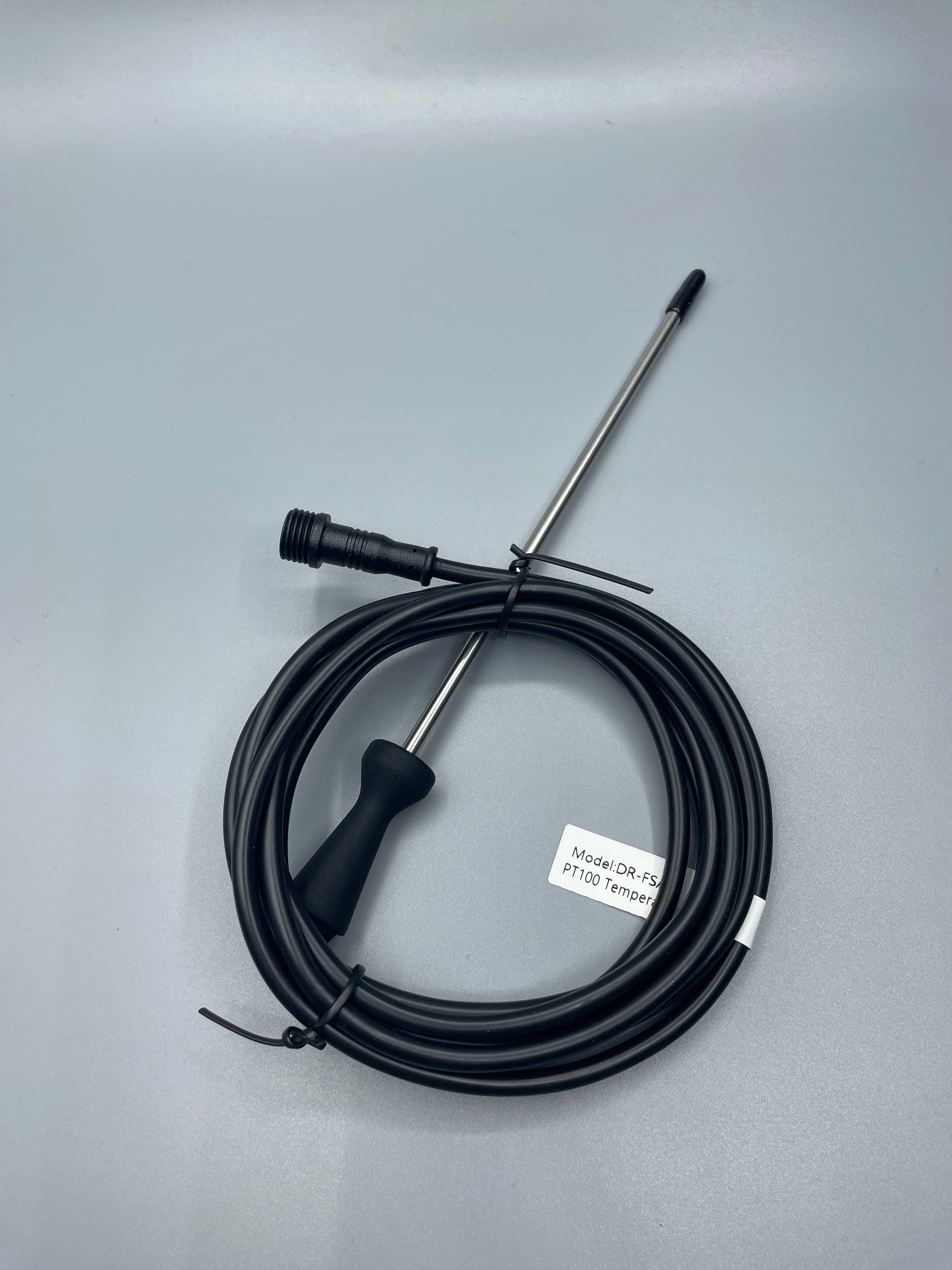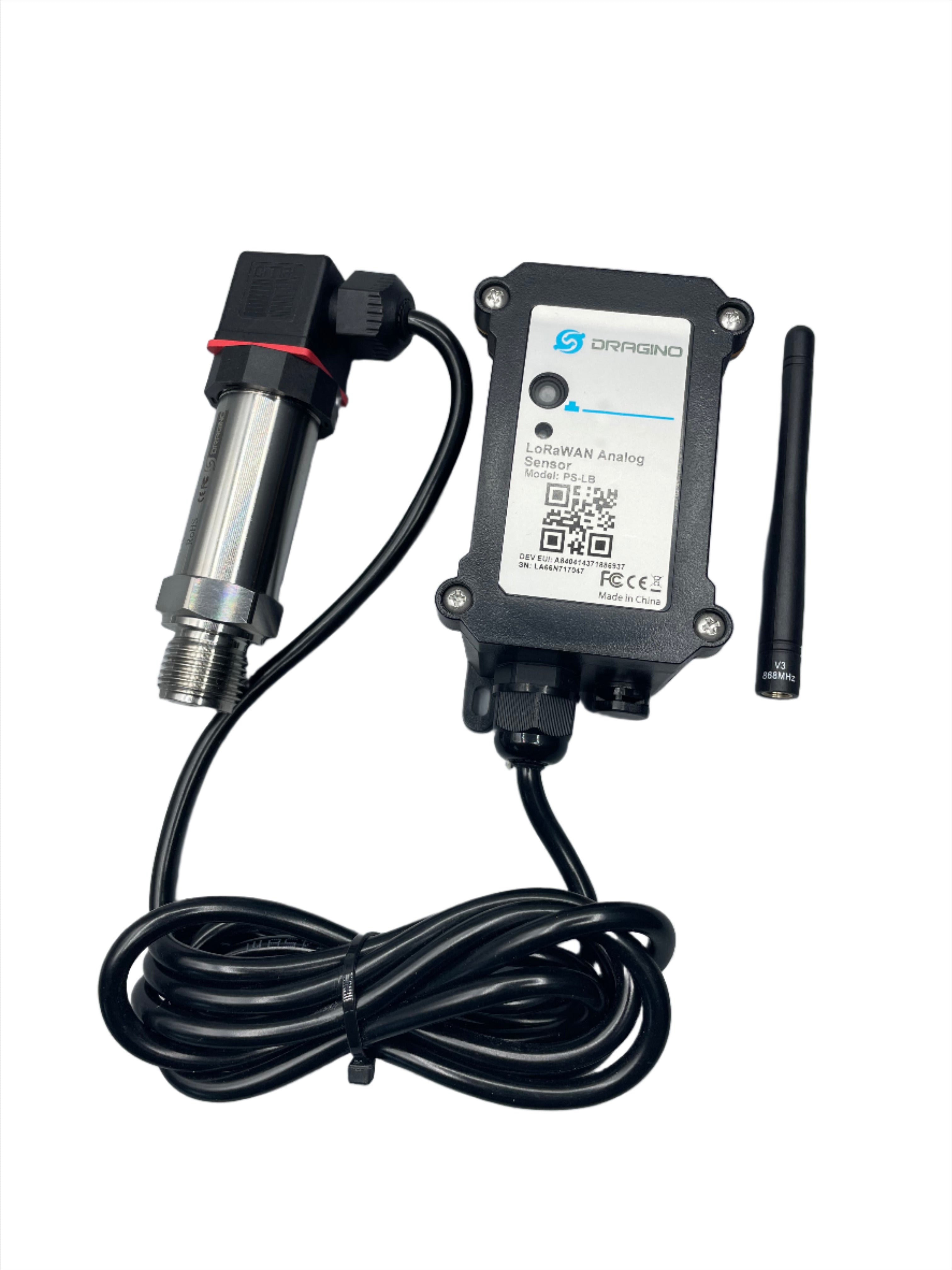Click here to return to the LoRaWAN overview.
The advantages of LoRaWAN sensors at a glance
1. Low energy consumption: The low energy consumption reduces maintenance costs while extending the service life of the devices.
2. Long range: LoRaWAN sensors have a range of up to 10-15 kilometres in rural areas and up to 5 kilometres in urban areas
3. Security: The transmitted data is protected and only accessible to authorised users.
Where are LoRaWAN sensors used?
LoRaWAN sensors are, in short, electrical receivers of data records that are then passed on via gateways. The accuracy with which the devices work and the real-time transmission make the device suitable for a wide range of applications.
Typical applications or areas of application are measurements in buildings or rooms. In addition to humidity, air pressure or temperature, the LoRaWAN sensors also record the CO2 content, for example, and also take the condition of the room into account in these measurements.
If there are people in the room, the basic status of the room is different than if no person were present in the respective area. The sensor can differentiate between the two states, for example on the basis of movements or similar signals that are detected and documented by the device. This enables precise evaluation, which is also ideal for directly comparing the two states.
Overview of LoRaWAN application areas
|
Field of application |
Application examples |
LoRaWAN sensor |
|
Smart City |
Waste management, street lighting, car park management |
|
|
Smart Farming |
Soil moisture, weather stations, animal tracking |
|
|
Smart Building |
Energy consumption management, air quality monitoring |
|
|
Smart metering |
Remote reading of electricity, water and gas meters |
Dragino CS01-LB-EU868 LoRaWAN 4 Channels Current Sensor Converter |
|
Tourism |
Monitoring visitor flows and queues |
The LoRaWAN sensor explained using two examples
The Dragino LHT65N is an energy-efficient temperature and humidity sensor and a prime example of the performance of a LoRaWAN sensor. With the LHT65N, data can be sent over extremely long ranges, which makes it very flexible in its possible applications. Its interference immunity in particular is a decisive advantage here, as is the minimal power consumption of the LHT65N. With a 2400 mAh battery, the sensor can be operated for up to 10 years.
Integrated dialogue function
If there is no network coverage, this is also no problem for this LoRaWAN sensor. The LHT65N uses the integrated data log function to record the sensor values and store them in the memory. This means that the data can still be analysed afterwards and is not lost. Of course, the sensor is fully compatible with the V1.0.3 Class A protocol and can therefore work with a standard LoRaWAN gateway without any problems.
Versatile in use
The Dragino LHT65N is often used in irrigation systems, smart meters, smart cities or for building automation. The EM500-CO2-868M LoRaWAN sensor, on the other hand, is also used in warehouses and their surroundings, for example for monitoring. The EM500-CO2-868M is also used in the area of forest fire detection. With these two products, you can quickly recognise how much flexibility these sensors offer you.
What is a LoRaWAN network?
The LoRaWAN network connects various LoRaWAN sensors with each other and transmits the data they record to a server unit via gateways. The term IoT sensors is often used in this context. IoT stands for Internet of Things and refers to the use of physical objects within a network, whereby each IoT sensor can take on a completely different task or role. The area of application depends on the equipment of the respective type, as well as the wishes and needs of the user.
Conclusion: LoRaWAN as the leading technology in the IoT universe
LoRaWAN technology is a robust solution for data collection, data transfer and data analysis in various IoT applications. LoRaWAN has hit the IoT sweet spot that many other IoT technologies have been unable to reach. As a result, LoRaWAN has become one of the leading technologies driving the growth of the IoT ecosystem and enabling innovative solutions and applications in various industries.
Frequently asked questions about LoRaWAN sensors
Here we answer some questions about LoRaWAN sensors. If you have any further questions, please get in touch directly using our contact form.
Is there a difference between LoRa and LoRaWAN?
When we talk about LoRaWAN, we mean a network including all sensors, transmission devices, servers and other electrical devices that communicate with each other. This network is based on LoRa, i.e. long range transmission, and offers many advantages such as scalability and security. If the term LoRa is used without a WAN, then only the radio technology is meant. In other words, the communication level at which the individual devices exchange their data.
What does NB-IoT Sensor mean?
NB-IoT sensors are ideal for the reliable transmission of small amounts of data, provided that these only need to be transmitted from time to time. NB-IoT is the wireless standard that is used as the basis for communication between the end devices.
What does an IoT sensor do?
The IoT sensor helps the user to collect important information in order to make intelligent decisions. Whether this is used to optimise air conditions or to regulate fill levels, for example, is up to the user.
Is LoRaWAN secure?
LoRaWAN is secured via end-to-end encryption and can therefore be regarded as a secure communication option. The security mechanism is comparable to the 128-bit AES encryption algorithm, which is known to guarantee a high level of security.
How does LoRaWAN work?
In a LoRaWAN, LoRaWAN sensors are used that are connected to a server via a gateway. The sensors record the desired data and transmit it via the gateway to the server, where it can be analysed by the user. Some popular server solutions are The Things Stack, ChirpStack or Loriot. When selecting a LoRaWAN server solution, factors such as scalability, security, integration options and deployment flexibility should be taken into account.
How is the data from the IoT sensors used?
Once the IoT sensor has recorded analogue data, for example, this is processed and a suitable decision is made. If the IoT sensor is an alarm sensor, it would be triggered automatically at a certain value. If the IoT sensor is only used for analysis, the data is usually forwarded to a main server using an antenna, for example, and processed there. Solutions such as Thingsboard, Node-RED or Grafana are available for visualising and analysing the data.

